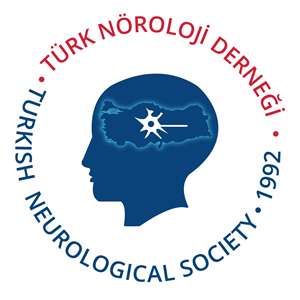Fenestration of the superior sagittal sinus in a ring configuration
Anton Ivanov1 , Sergey Kim1,2,3
, Sergey Kim1,2,3
1Department of Functional Neurosurgery, Federal Center of Neurosurgery, Novosibirsk, Russia
2Department of Medicine, Research Institute of Clinical and Experimental Lymphology - Branch of the Federal State Budgetary Scientific Institution “Federal Research Center Institute of Cytology and Genetics of the Siberian Branch of the Russian Academy of Sciences”, Novosibirsk, Russian Federation, Novosibirsk, Russia
3Department of Neurosurgery, Novosibirsk State Medical University, Novosibirsk, Russia
Keywords: Anomaly, arachnoid granulation, fenestration, superior sagittal sinus, thrombosis.
Abstract
The superior sagittal sinus is a major component of the cerebral superficial venous system. Knowledge of this structure, variations, and possible anomalies is of practical clinical importance for neurosurgeons, neurologists, and radiologists to rule out a number of pathologies. Developmental anomaly of the superior sagittal sinus may be falsely interpreted as sinus thrombosis or arachnoid granulations. A nine-year-old boy presented with acute severe headache and lower limb weakness, resulting in three days of immobility. Initial brain multislice computed tomography raised suspicion of sagittal sinus thrombosis. Subsequent magnetic resonance angiography identified a large arachnoid granulation (18×13×13 mm) in the posterior third of the superior sagittal sinus, displaying cerebrospinal fluid signal without contrast enhancement and containing a cortical venous vessel. Blood flow through the sinus remained normal, with no venous obstruction. Magnetic resonance angiography of the brain (three-dimensional time-of-flight mode) revealed fenestration of the upper sagittal sinus in the form of a ring; no signs of venous outflow disturbance were detected. Neurosurgical intervention was deemed unnecessary due to preserved venous outflow and absence of acute pathology. The patient was diagnosed with fenestration of the superior sagittal sinus (Q28.8), although the etiology of the acute symptoms remained undetermined. Follow-up magnetic resonance angiography at 12 months revealed no structural changes, and the patient remained asymptomatic. The ring-shaped fenestration of the superior sagittal sinus that we described may be misinterpreted as sagittal sinus thrombosis, creating the illusion of a “delta sign” (absence of blood flow in the venous sinus), which is considered pathognomonic for sinus thrombosis. This is the first case described in the literature in which the superior sagittal sinus is divided as a ring. The case demonstrates the importance of differential diagnosis of arachnoid granulations and congenital venous sinus anomalies in acute neurologic symptoms in children.
Cite this article as: Ivanov A, Kim S. Fenestration of the superior sagittal sinus in a ring configuration. Turk J Neurol 2025;31(3):362-369. doi: 10.55697/tnd.2025.353.
The data that support the findings of this study are available from the corresponding author upon reasonable request.
Idea/concept: S.K.; Design, control/supervision, data collection and/or processing, analysis and/or interpretation, literature review, writing the article, critical review, references and fundings, materials: A.I.
The authors declared no conflicts of interest with respect to the authorship and/or publication of this article.
The authors received no financial support for the research and/or authorship of this article.


